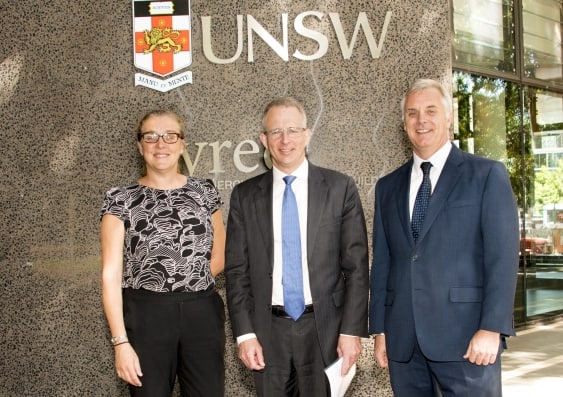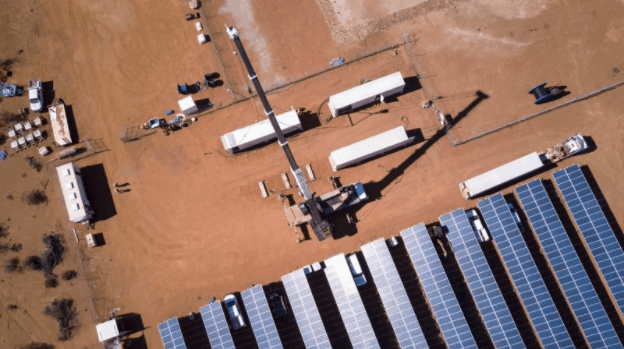UNSW have, in conjunction with the Australian Photovoltaic Institute, Solar Analytics and Enosi, launched a solar potential tool, SunSPoT, which uses solar mapping to figure out how much electricity houses or businesses could generate if they installed solar panels on their roof.
SunSPoT – Solar Potential Tool

The SunSPoT tool was developed by the APVI and UNSW along with Solar Analytics and Enosi Pty Ltd. The software was developed as part of the Energy Data for Smart Decision Making project, which was in turn funded by the Federal Government’s Smart Cities and Suburbs program.
Federal Minister for Urban Infrastructure and Cities, Paul Fletcher launched the software on the 6th of April, according to the UNSW newsroom. Fletcher was quoted as discussing the benefits of SunSPoT:
“The Energy Data for Smart Decision Making project will combine mapping with data on solar exposure, energy generation and consumption from precincts across Australia into an open modelling platform.
“Being developed under the Australian Government’s Smart Cities and Suburbs Program, the platform will benefit end users by allowing them to calculate their solar power potential and make informed decisions on investment in solar power generation.”
“This project is an example of how the program encourages collaboration between local governments, research organisations and the private sector to deliver a solution that can be applied locally and shared around the country.” he said.
UNSW Associate Professor and Chair of the Australian Photovoltaics Institute, Renate Egan, discussed how the tool can be used as a pre-purchase/sale analysis, saying:
“SunSPoT uses geographical information systems data to estimate the technical potential of rooftop solar, accounting for the tilt of roof surfaces and shading at the site. As solar PV continues to be deployed at record rates on Australian rooftops, such analysis can help councils and the electricity industry plan for the solar future.”
If you’re interested in giving the APVI Solar Potential Tool (SunSPoT) a crack then please click here to launch it. Note that this is no substitute for a proper site visit from a solar professional but will give you a decent ballpark figure, in most cases (well, according to our testing, anyway!)
If you’d like more information on the data and methodology used to power SunSPoT then please click here!


